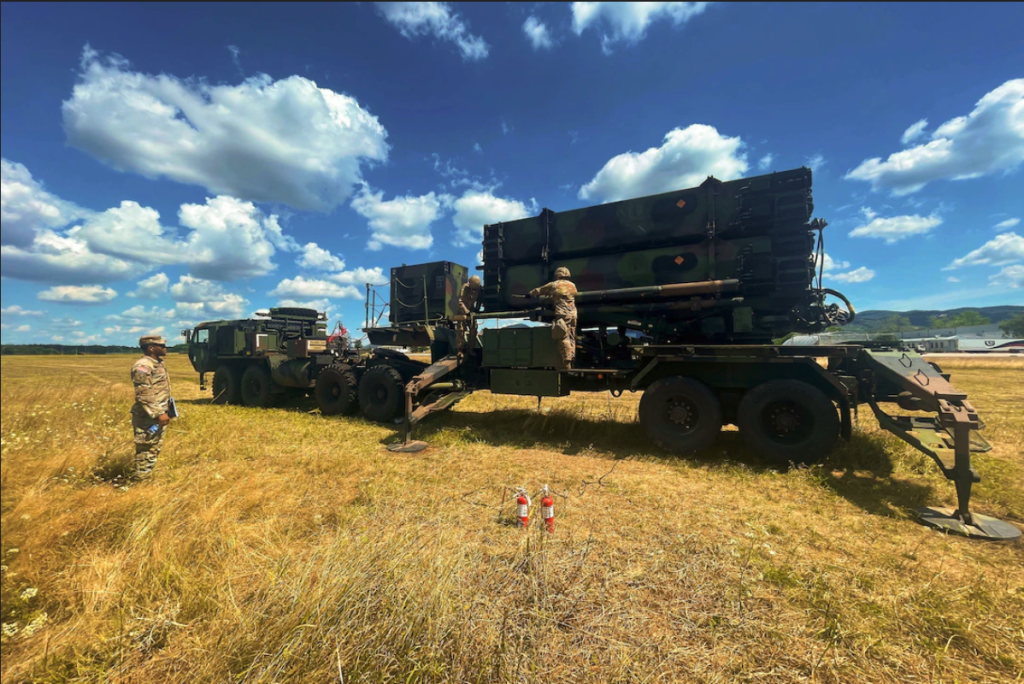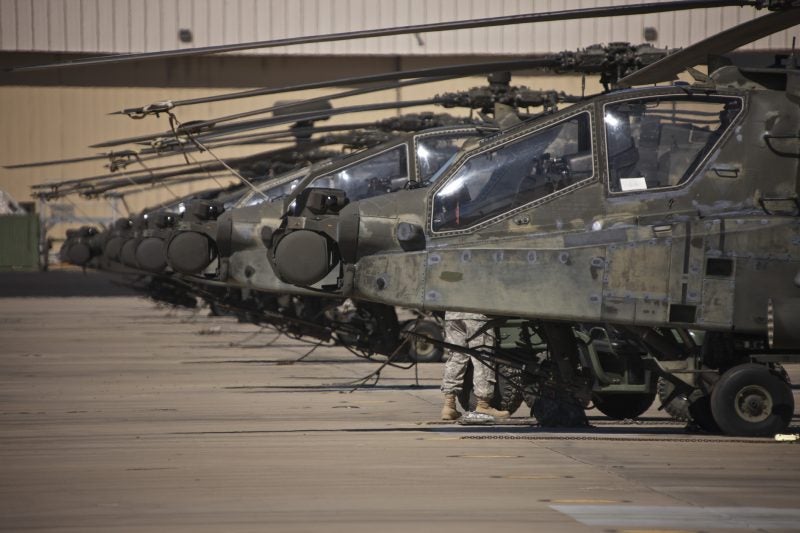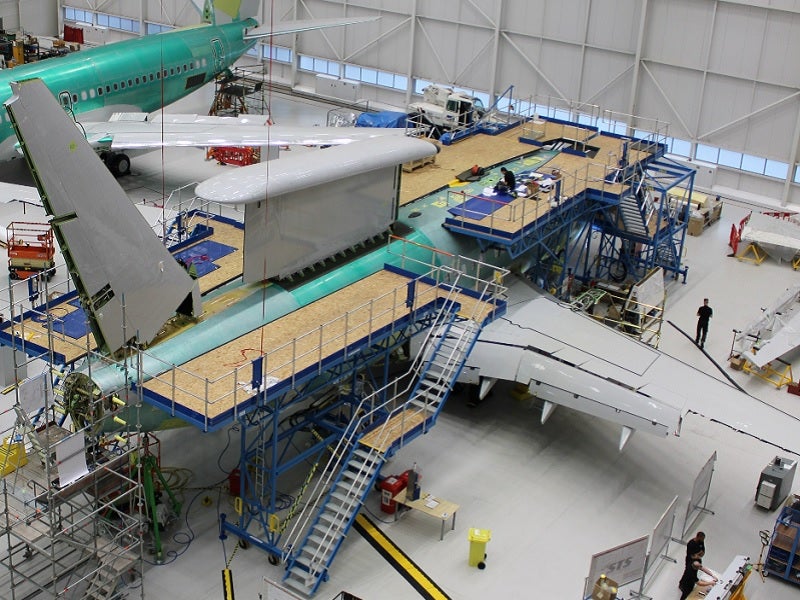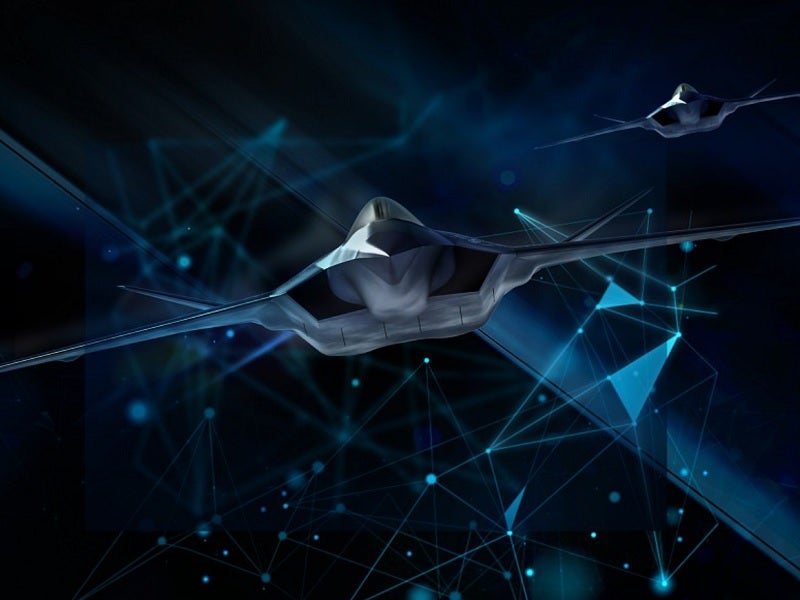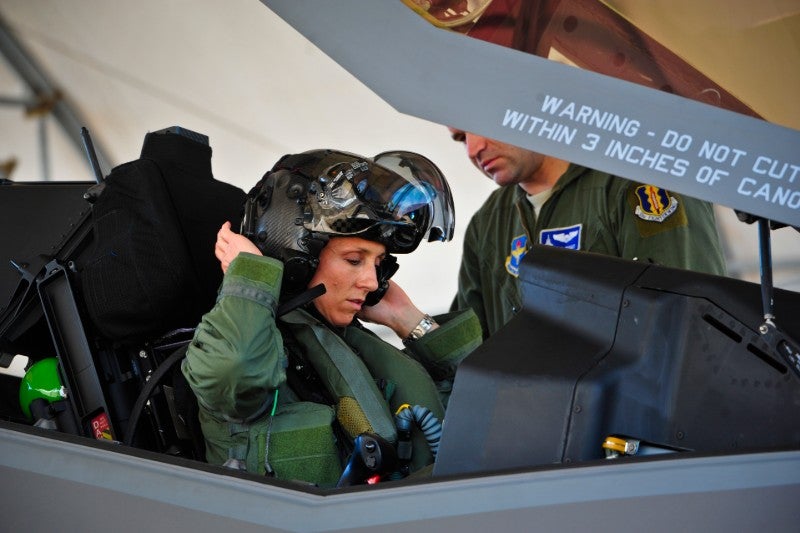
Air force innovation is vital for maintaining a fleet of well-trained, confident fighter pilots and air crews. The rapid acceleration in technologies such as virtual reality (VR), augmented reality (AR), artificial intelligence and big data analytics provides new opportunities to make pilot training easier, safer and more cost-efficient.
How is the US Air Force (USAF) modernising its pilot training to produce better pilots?
Centrifuges for training in High-G
Airforce-technology.com/wp-content/uploads/sites/4/2019/04/Centrifuge-USAF-Richard-Eldridge.jpg” alt=”” width=”800″ height=”533″ />
High-G force human centrifuges have been used for decades, with the first designed for aeronautical training in Germany in 1933.
The USAF uses human centrifuges for high-G training purposes at the Wright-Patterson Air Force Base in Ohio and the USAF School of Aerospace Medicine. The centrifuge at Wright-Patterson, which trainees started using on 1 October 2018, allows students to train in up to forces of 9Gs – or nine times normal gravity – helping them to cope with the effects of high-G force and prevent associated losses of consciousness.
“A device such as this is needed now more than ever,” said Brigadier General Mark Koeniger, 711th Human Performance Wing commander, who presided over the opening ceremony of the centrifuge in August 2018.
“With the extreme performance that is possible in our aircraft today, it is paramount that we provide the best training possible for these aircrew members. This centrifuge will do just that.”
The centrifuge is unique in its ability to link up the three cockpits with the control room to create a virtual battle space.
VR creates a safe, realistic environment

Virtual reality (VR) is another neat piece of technology driving air force innovation. VR systems can provide all the realistic experience of operating a fighter jet without any of the danger, and at a fraction of the price.
In January last year, researchers at Maxwell Air Force Base tested the use of VR training sessions for people with no prior flying experience. Using a T-6 Texan II flight simulator, participants were given three learning environments with reduced optical and auditor cues as the test progressed.
The USAF has just awarded a contract to HTX Labs to help train the next generation of fighter pilots by helping them to memorise and master the correct USAF protocols, without having the anxiety of the real thing.
At a time when several NATO countries, including the US and UK, are suffering from a pilot shortage due to a lack of training aircraft and instructors, VR could go some way to mitigating these issues, even though it may not be identical to the real flying experience.
Bespoke fitness and health criteria

Fitness tests in the USAF date back to 1947 when the branch first became independent from the US Army. Before this time, the USAF followed the army’s physical training routine. In 1962, the first regimented physical training mandate was initiated across the branch.
Today’s USAF fitness criteria (as of a 2010 update) are much more highly tailored to the needs of the fighter pilot. Trainees who have completed the USAF Basic Military Training programme then move on to the Fighter Aircrew Conditioning Program, which among other things covers high-G fitness, neck stretching and strengthening, and general exercise. While aerobic fitness is important, the USAF prioritises strength training and body composition as this is more important for operating under high gravitational conditions, due to the strain on the cardiovascular system during high-G.
An additional proposal has been made by USAF Exercise Science Unit chief Dr Neal Baumgartner to modernise the USAF training regime, as reported by Military.com in April 2019. The new training regime would involve fewer tests for soldiers, but these would be randomised to ensure that standards remained high at all times.
Innovations in maintenance and support training

While jet fighter pilots are considered the ‘front men’ of the USAF, the aircraft maintenance, repair and overhaul (MRO) crew is of equal importance. Air force innovation in maintenance and support roles has included the use of augmented reality (AR) for better training and data analytics to streamline maintenance procedures.
The USAF announced at the beginning of 2019 that its new Boeing T-X trainer aircraft comes with AR training exercises for USAF MRO crews so that they can carry out vital work on aircraft while on deployment. AR technology can create a virtual layer over a certain part of the aircraft, which provides trainee engineers with all the information and guidance they need to quickly locate the part and identify the tools needed to fix it.
Big data analytics also offers a novel method of optimising MRO operations. By making use of the data amassed over the MRO process, the US Air Force can improve readiness and save costs, according to Rotor and Wing. More investment in MRO data analytics in this way will lead to more efficient training and quicker mission readiness.

